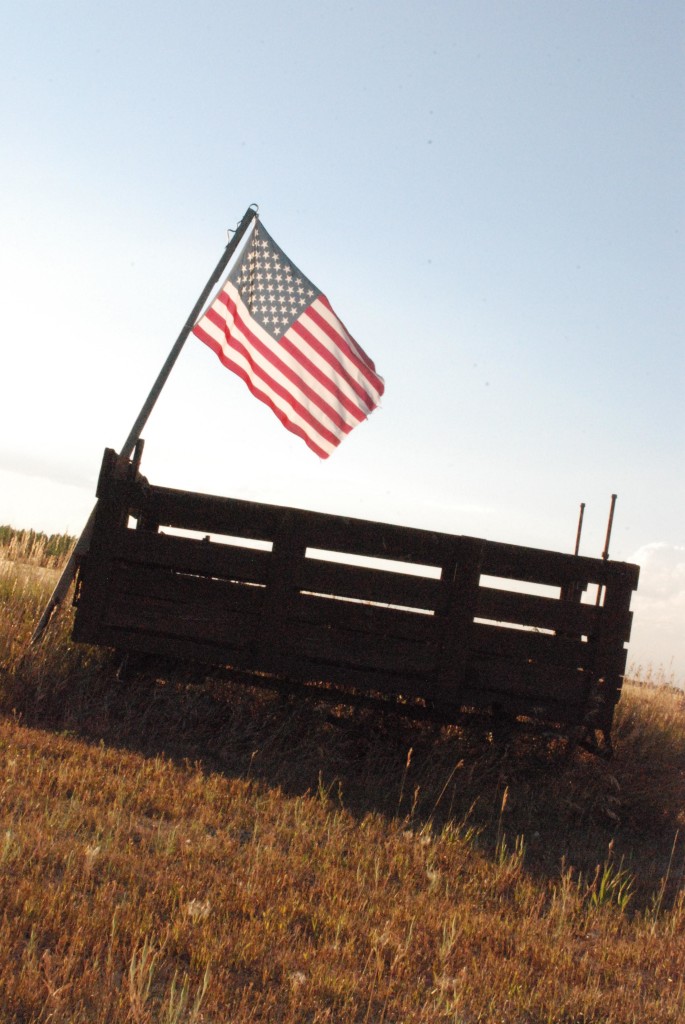Kansas was the 34th state admitted to the United States in 1861, just before the Civil War. It was admitted as a “Free State” in a time of turmoil and after having undergone several years of Indian wars, there were now skirmishes taking place in regard to the slavery issue in the new state.
The Kansas territory had always been good farming land, as the soil was fertile and grew wonderful crops for years. When the Civil War was over, the railroads had not yet reached Texas, so the cattlemen brought their herds from Texas to the railheads of Kansas. Abilene, Kansas was a primary rail destination and was instrumental in helping to build the Chisholm Trail.
In the latter 1800’s after the Civil War, more and more people took advantage of the Homestead act of 1862 where land was offered in the Amount of 160 acres so people could get out west and claim the land and farm it. The land was offered free as long as a person had not taken up arms against the United States.
Farming was difficult in Kansas and many failed, but those who survived the harsh winters and the exhausting hot summers created a great legacy and had a lot to do with the settlement of Kansas.
Kansas was a part of the dust bowl of the 1930’s which, like other dust bowl states, the time was very dry and the crops could not be planted fast enough or acquire enough moisture to keep the topsoil from blowing away.
After the depression and during World War II, Wichita became one of the key aircraft manufacturing centers in the US, and tens of thousands of workers were hired to make airplanes for the war.
Kansas also became known for their fine educational institutions with the University of Kansas located at Lawrence and Kansas State University at Manhattan.

